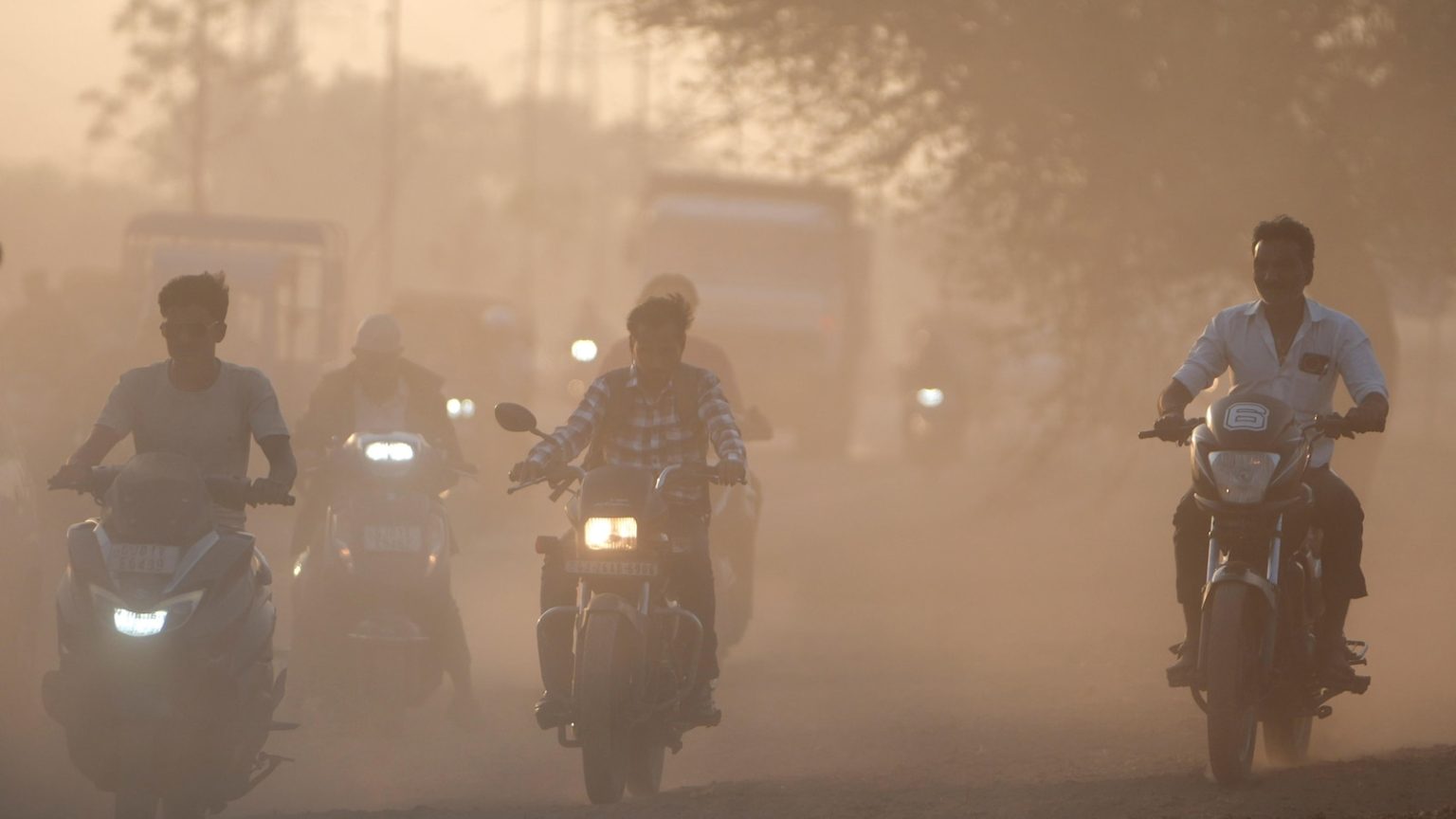The Global Air Pollution Crisis: A Threat to Public Health
Air pollution is a silent killer that affects nearly 99% of the global population, according to the World Health Organization (WHO). While air quality varies from place to place and day to day, the reality remains stark: millions of people worldwide are exposed to polluted air that fails to meet the WHO’s strict safety standards. This contaminated air, laden with harmful gases and invisible particles, is responsible for approximately 7 million premature deaths annually. For those living in some of the world’s most polluted cities, such as New Delhi, Dhaka, Bangkok, and Jakarta, the situation often feels dire. Yet, experts emphasize that understanding air pollution is the first step toward mitigating its impact. As Tanushree Ganguly of the Energy Policy Institute of Chicago in India notes, “Blue skies can’t guarantee clean air.” Even on days when the air appears clear, harmful pollutants may still be present.
The Invisible Killers: Understanding Air Pollutants
Air pollutants come from a variety of sources, many of which are rooted in human activities. Burning fuels like coal, natural gas, diesel, and gasoline for electricity and transportation is a major contributor. Agricultural practices, such as crop burning, and wildfires also play a significant role. Among the most dangerous pollutants are fine, inhalable particles known as particulate matter. The smallest of these, PM 2.5, are less than 2.5 microns in diameter and can penetrate deep into the lungs, causing severe health damage. These particles are primarily produced by fuel combustion. Coarser particles, known as PM 10, are linked to activities such as agriculture, mining, and road dust. Additionally, harmful gases like nitrogen dioxide and sulfur dioxide, which are also byproducts of fuel burning, further exacerbate the problem.
The Varying Sources of Air Pollution
The sources and intensity of air pollution differ significantly from city to city and season to season. For example, in Jakarta, Indonesia, outdated motorbikes and industrial boilers are major contributors to poor air quality. In cities like Bangkok and New Delhi, the burning of agricultural waste often leads to spikes in pollution levels. In Dhaka, Bangladesh, brick kilns that burn coal are a significant source of contamination. Meanwhile, seasonal events like forest fires in Brazil and North America add to the pollution burden. This variability highlights the complex nature of the problem, as solutions must be tailored to address local sources and conditions.
The Devastating Health Impact of Air Pollution
Air pollution is the second-largest risk factor for early death globally, surpassed only by high blood pressure. Short-term exposure to polluted air can trigger asthma attacks, increase the risk of heart attacks, and lead to strokes, particularly in vulnerable populations like the elderly and those with pre-existing medical conditions. Long-term exposure is even more insidious, causing irreversible damage to the heart and lungs, including heart disease, chronic obstructive pulmonary disease (COPD), and lung infections. The impact on children is especially alarming. According to UNICEF, over 500 million children in East Asia and the Pacific breathe unhealthy air, and air pollution is linked to the deaths of 100 children under the age of 5 every day. June Kunugi, UNICEF’s Regional Director for East Asia, warns that polluted air not only harms children’s lungs but also stunts their growth and cognitive development. “Every breath matters,” she says, “but for too many children, every breath can bring harm.”
Measuring Air Quality: A Tool for Public Awareness
To help people understand the severity of air pollution, many countries have adopted an Air Quality Index (AQI), a numerical scale where higher numbers indicate worse air quality. These indices are often color-coded to make the information more accessible. However, the lack of standardized AQI guidelines across countries poses a challenge. For instance, India’s daily PM 2.5 limit is more than 1.5 times higher than Thailand’s and four times higher than WHO recommendations. This discrepancy means that AQI scores are not directly comparable between countries, and private companies using stricter standards may report different values than national regulators. Despite these limitations, the AQI remains a valuable tool for raising awareness and encouraging individuals to take action when air quality is poor.
Fighting Air Pollution: Individual and Collective Solutions
While air pollution is a systemic issue requiring large-scale policy changes, individuals can take steps to protect themselves. Staying indoors and wearing masks are common recommendations, but these solutions are not always feasible, especially for those who work or live outdoors. Danny Djarum, an air quality researcher at the World Resources Institute, notes, “They can’t really afford not going out.” In Bangkok, office worker Pakaphol Asavakomolnant wears a mask daily and avoids riding his motorbike to work after experiencing sore throats on days he forgets his mask. Indoor air pollution is another critical concern, as common household activities like cooking or burning incense can create hazardous conditions. Air purifiers can help reduce indoor pollution, but their effectiveness is limited to small spaces, and their cost makes them inaccessible to many people in developing countries. As Djarum points out, “The majority of people affected by air pollution can’t really afford air purifiers.”
Ultimately, combating air pollution requires a combination of individual awareness, community action, and robust policy measures. While the challenges are immense, every small step—whether wearing a mask, reducing fuel consumption, or advocating for cleaner energy—brings us closer to a world where every breath is safe.















